Now & New
- Explore
Shobara Liner and Shuttle Bus: Autumnal Taxi Through Taishaku Gorge
Autumn in Japan sees a lot of trees’ leaves change color, but the timing of said change varies throughout the country, and even within Hiroshima Prefecture there is considerable variation in the dates of peak season. The wave from one end of the prefecture to the other is predictable: the northerly Geihoku and Bihoku areas, which are more mountainous and experience their temperature drops sooner, will get their autumn leaves sooner than the Aki and Bingo areas by about two weeks or so. Though sites in Aki—such as Momijidani Park on Miyajima and Mitaki Temple in Hiroshima City—are naturally popular with tourists, some of Hiroshima’s most stunning autumnal landscapes can be found in the distant hinterland that is Bihoku. Those who are eager to see red, orange, and yellow leaves as soon as possible in a setting more riveting than the mainstream, coastal parts of the prefecture are advised to take a day trip to Taishaku Gorge during the first half of November.
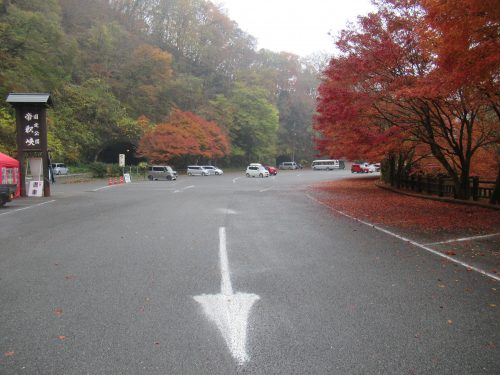
There’s just one caveat, though: public transportation doesn’t regularly take tourists to Taishaku Gorge itself, but rather to the nearest stops, Taishaku Bus Stop northwest of the gorge and JR Tojo Station farther northeast. Despite those being the nearest bus stops and stations, travelers would be walking for over an hour from either point to the gorge if they don’t have a car, meaning their only other option is a pricey taxi. Taishaku Gorge’s prime autumn leaf season is the only exception to this, when a free shuttle bus takes tourists between Bingo Shobara Station, Upper Taishaku, Lower Taishaku, and Tojo Station throughout the day on weekends and public holidays. This year, the shuttle bus operated from October 29th to November 13th; I made it just in time on the last day.
Enter the Hinterland
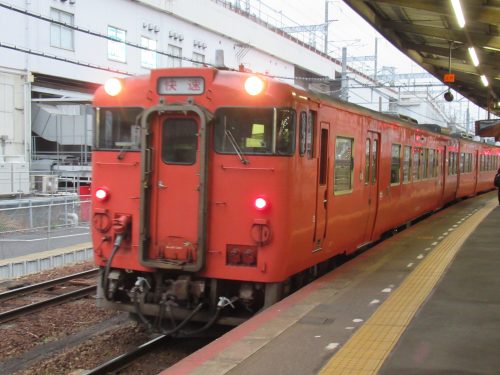
If you can get up and huff it to Hiroshima Station early in the morning, there’s an express train called the Shobara Liner that departs at 7:33 am en route to Bingo Shobara Station. Don’t be fooled by the “express” title; it’s a humble, orange, diesel-powered train that still takes over two hours to reach its destination. Slow as it was, it was still a warm, relaxing ride, occasionally interrupted by the train’s whistles as it cruised through the rustic landscape and went in and out tunnel after tunnel.
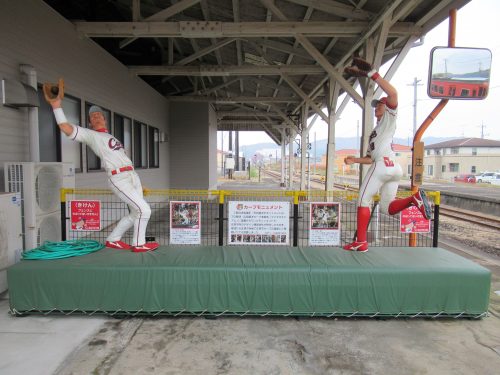
When the train finally pulled up at Bingo Shobara Station, I was greeted on the platform by a bunch of statues of Hiroshima Carp baseball players. Apparently, Shobara has been a stronghold for supporters of the baseball team because a lot of players are raised here. Inside the station was a Halloween display featuring jack-o-lanterns made by the kids of a local day care center, and next to that was a poster already advertising a winter illumination at nearby Bihoku Hillside Park. Opposite of both of those by the entrance was a table where locals were passing out brochures for events happening in Bihoku, but unfortunately, I wouldn’t be able to make it to anything besides what I would see today.
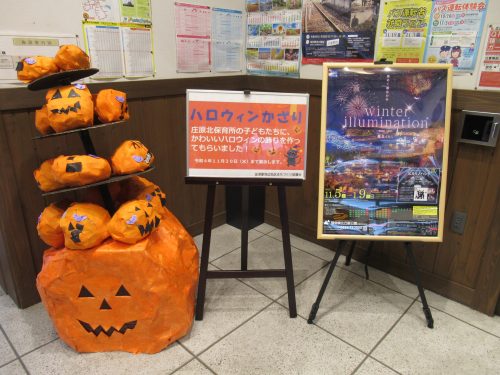
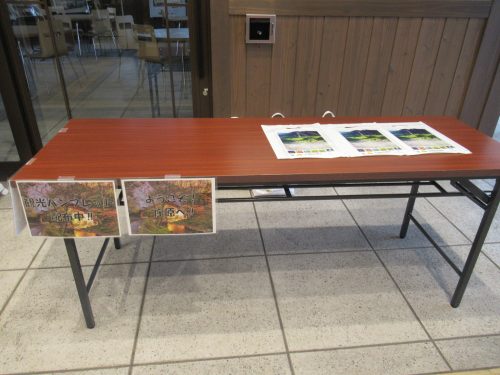
I exited the station building and waited for what felt like a good, long while until our blue bus showed up. Before piling in, we were all given a survey card to carry on our person for the entire day and return at the end of our final ride. This card was unique in that riders simply dog-eared segments to answer the questions so no writing utensil was necessary. They asked us if we took the Shobara Liner today, which legs of the shuttle bus we rode, and how we heard about this seasonal shuttle bus in the first place.
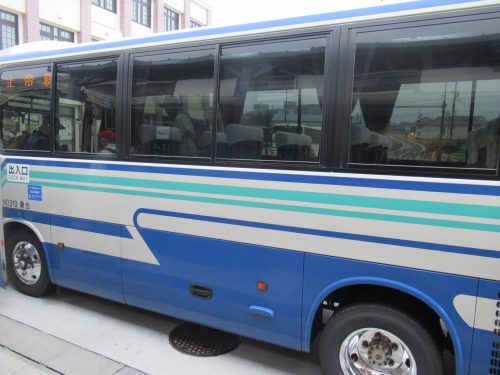
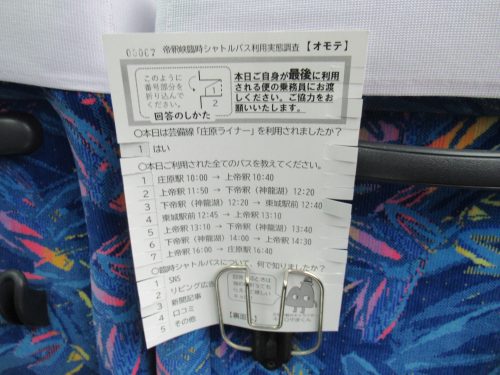
First Stop at Upper Taishaku
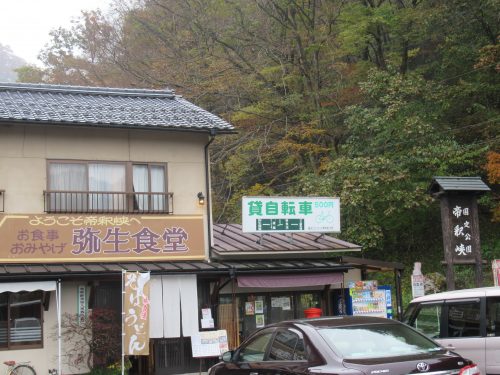
Thanks to the shuttle, I arrived at Upper Taishaku in a flash compared to when I walked all the way here last fall. I had breakfast so early in the morning that I was already starving before I started touring the area in earnest, so I opted for an early lunch at the Yayoi Cafeteria. Their menu features fairly simple, country-style Japanese cuisine, with items like udon, soba, and grilled fish. I sat down at the table closest to the television and ordered a bowl of beef soba, which I downed with gusto before making my way into the gorge.
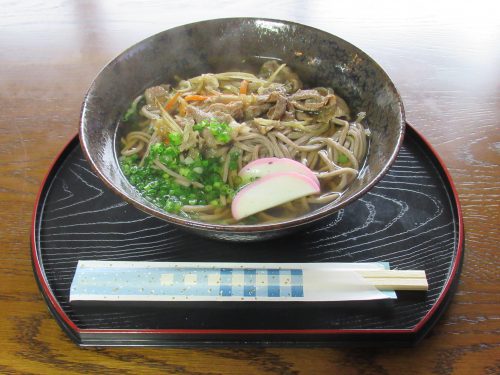
The last time I was at Upper Taishaku, the leaves were mostly gone, so I made sure to make the journey a little earlier in November. Much to my dismay, however, I was still a little too late, since the trees here weren’t much more vibrant. I could still find some fiery red and orange leaves on select trees, and at least there was a red carpet of sorts made of fallen leaves that the local bugs have made their own palace.
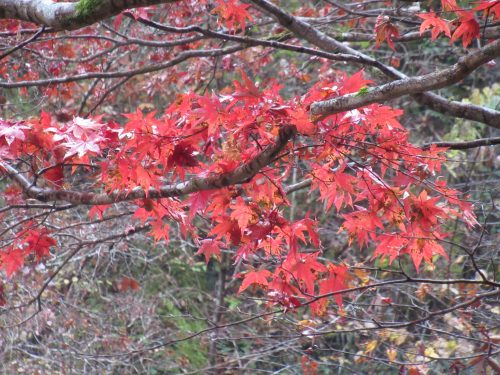
Up ahead was the Demon’s Gate, which looked vastly different from what I remembered. I am well aware that landslides happen here pretty often, and the torrential rains back in September might have done a number to Taishaku Gorge, which could explain why the entrance to the Demon’s gate was more clogged with boulders. It looked so messy and unstable that I didn’t want to bother trying to enter even if I was allowed to, and between eating lunch and scouting out trees with colorful leaves still on them, there wasn’t much more time left until the shuttle bus would depart for Lower Taishaku.
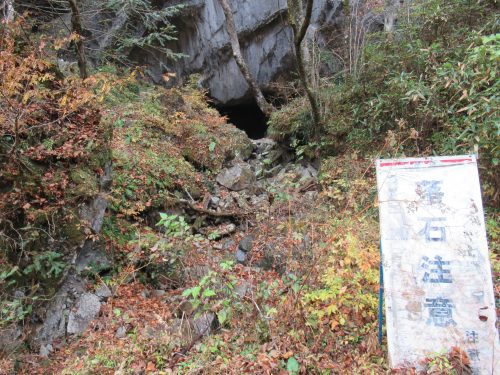
Connection to Lower Taishaku
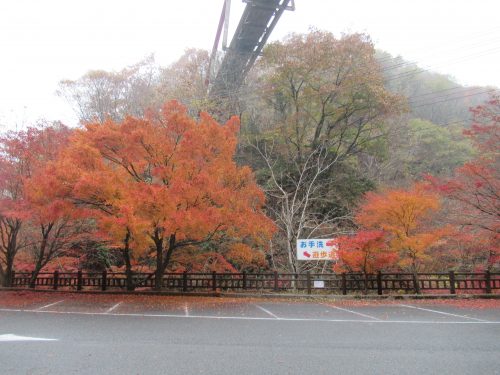
When I stepped off the bus and looked around the parking lot, my first thought was, “now that’s more like it!” Most of the leaves in Upper Taishaku may have already hit the floor, but down in Lower Taishaku, they were still thriving, as though they were expecting us tourists. Not only were there trees of the same species sporting different shades of orange, but even on the same tree, a single branch could simultaneously possess green, yellow, orange, and red on its leaves.
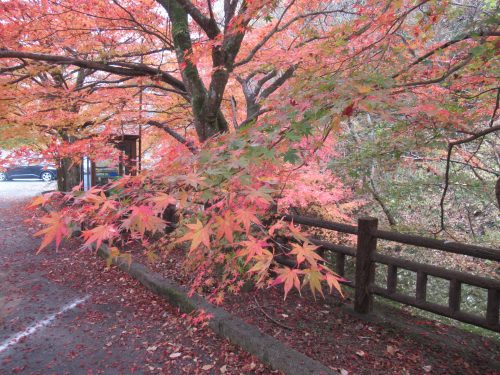
Just past this tree was the start of the trail, which one can technically walk all the way back to Upper Taishaku, but with a free shuttle bus service, who wants to walk that far? I eventually reached the vermillion Shinryu Bridge, which affords a spectacular view of Lake Shinryu, and from which visitors can watch boats pass underneath. The trees surrounding the bridge were still full of leaves and there were never too many people on the bridge at once, so it was an ideal place to stop and savor the scenery.
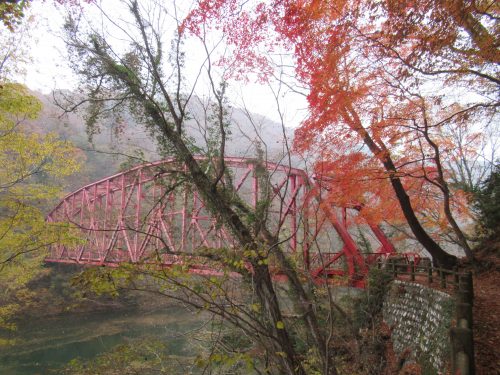
If one crosses the Shinryu Bridge and turns right, one will find multiple paths to take, two of which lead all the way to Upper Taishaku. I came across the fork in the road on my way to Shinryu Tunnel, with the path on the left involving a steep incline that stretches some 2.5 kilometers to Taishaku Gorge Sukora Kogen, a wide-open resort equipped with log cabins, hot springs, tennis courts, a ginormous indoor sports dome, and more. Instead, I opted to go straight in the direction of Upper Taishaku, which was three kilometers away, but I just wanted to see how close I could get before it came time to catch the bus again.
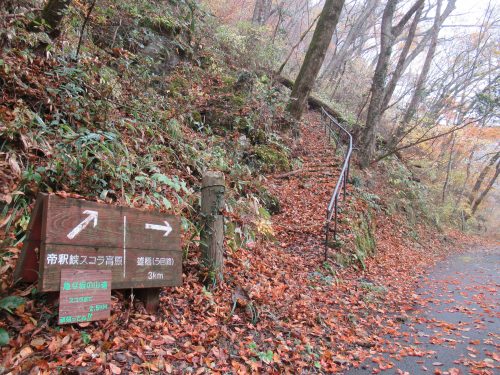
As I continued along the leaf-laden path, I couldn’t help but notice there were quite a few, brown jumping bugs hopping and hiding amongst their newly fallen shelter. Soon enough, I was at the Shinryu Tunnel, which I would pass through to reach the famous boulders Haku-iwa and Maku-iwa, and possibly Somen Falls if I went far enough. However, the first sight to greet me when I came out of the tunnel was a fence in my way, so I had no choice but to turn back and explore elsewhere.
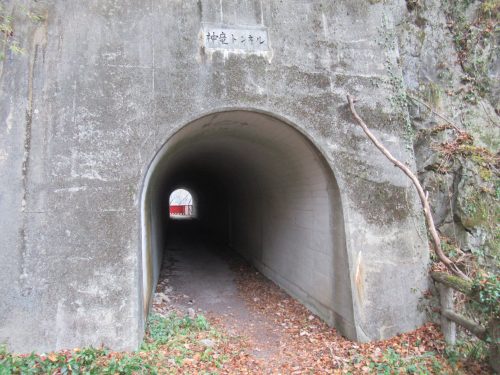
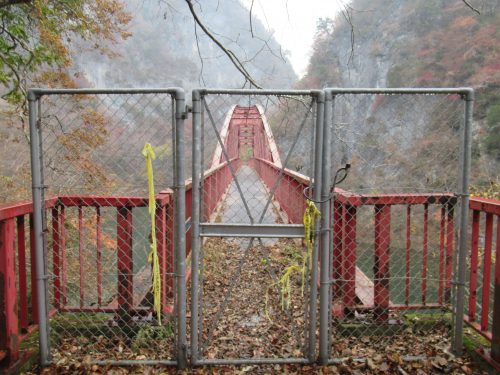
I backtracked back to the Shinryu Bridge to ponder my next move for a bit when I caught sight of a boat traversing from beneath me. It was playing some traditional tunes on a loudspeaker that I could hear all the way up on the bridge. When I swung by the winter before to take a lake cruise, I vividly remember them putting on the same song, but it was only today that I realized how loud the music actually was.
I crossed the Shinryu bridge once again, but instead of going right to where the dead end was, I went left through a tunnel and reached the Sakura Bridge. This bridge was the same vermillion color as the Shinryu Bridge, but took visitors through yet another tunnel to the area close to where they would ride the boat on Lake Shinryu. Sadly, at this point there wasn’t quite enough time to ride the boat, so I decided to just walk around and capture some nice views on camera.
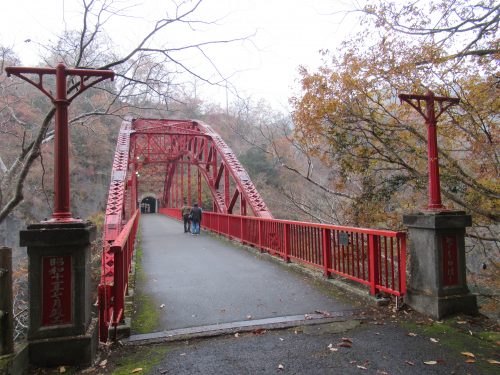
Close to the end of the tunnel in the above picture was a café with a terrace that was open to the public. What’s most unusual about this establishment was that the menu didn’t have any prices displayed because the owner prefers to parley with the customer to decide on a mutually agreeable price before charging anything. I didn’t want to eat or drink anything at the time, so I ascended the stairs to take a few quick pics with my camera before darting.
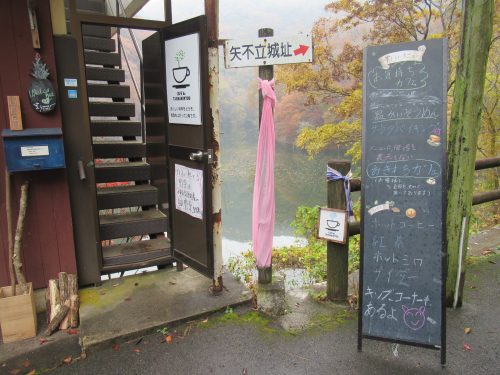
Moment of Joy: Over-the-Top Hospitality
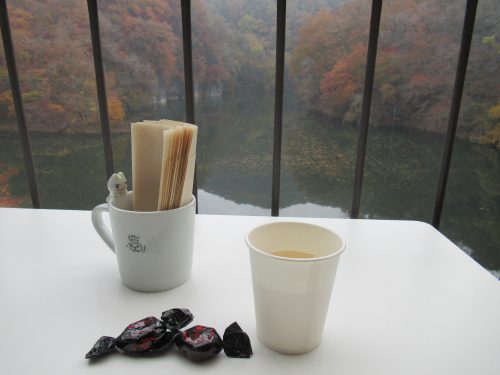
I only meant to be on the terrace for a couple minutes to snap a good photo or two, then leave before anyone noticed. Nevertheless, a lady inside the café noticed me immediately and invited me to take a seat at the table outdoors facing the Taishaku River. I accepted and sat down to find the best angle for my photos, and before I knew it, the lady had brought a cup of tea and some candies for me to enjoy while gazing out, free of charge. This was a lot more hospitality than I deserved considering I paid nothing while on the terrace, but I was so moved by the gesture that I promised to patronize them (with money) next time I visit the area.
Second Stop at Upper Taishaku
I took my sweet time downing the tea and candy, then made tracks back to the initial parking lot to board the shuttle bus again, bound for Upper Taishaku yet again. When I got off the bus, I first walked in the direction of the gorge, but abruptly decided to take a detour by turning left in the direction of a fishing hole and continuing until I reached a farmer’s apple orchard. The ripe fruit hanging from the trees within reach was tantalizing indeed, but those apples were for sale, and anyone who wants any can simply holler to the farmer inside his own house.
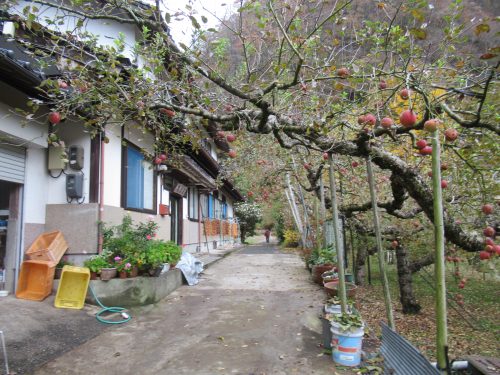
At the end of the path was a golden carpet of fallen gingko leaves that led the way to the Yosekura Iwakage Ruins. Exactly sixty years ago, a bunch of earthenware dating back to the end of the Jomon period (roughly three thousand years ago) was excavated from this very spot. There were stairs leading down to what looked like an entrance, but that was fenced off so all visitors could do was stare at it and admire the gingko leaves, many of which were still in the trees and fell to the ground quite frequently.
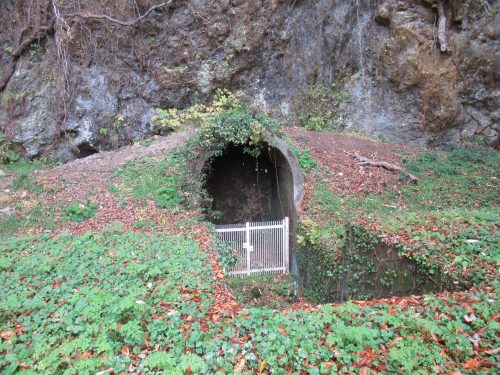
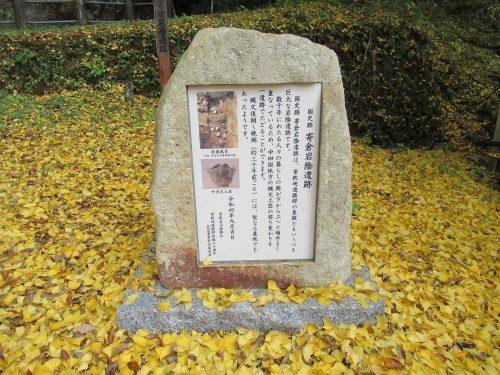
With a little more than one hour left at Upper Taishaku, I made the trek to the Onbashi, the stone arch that would be a crime to not see when at Taishaku Gorge. There were more leaves around here than there were last year and ironically fewer people, which meant I didn’t have to wait as long to take a photo without people inside. I then walked through the arch and progressed as far as I could until the time came for me to turn around and rush back to the final shuttle bus, which would take me back to Bingo Shobara Station.

For what felt like such a short trip down to the gorge, the journey back to the station seemed to drag on. When we were coming up on Bingo Shobara Station, the bus driver thanked us over the intercom and recommended we drop by again in the summer, when the trees are at their greenest. The bus stopped in front of the station, at which point we got up from our seats and passed our dog-eared survey cards to the driver upon alighting.

Both ends of Taishaku Gorge are chock full of sights to see, possibly enough to warrant multiple visits. I was already impressed by the scenery of the mostly bygone autumn foliage season when I went, so I can only imagine how much more beautiful it would have been had I visited earlier. Besides Taishaku Gorge, there are other lovely places to enjoy unspoiled nature in Shobara at different times of the year, such as sakura at Ueno Park and the winter illumination at Bihoku Hillside Park. Whether a shuttle bus is available or not, a journey to Bihoku is always worth the trouble (and taxi fees if necessary), so get off the beaten path coastal Hiroshima and hit up the hinterland for an adventure you won’t regret!
Written by the Joy in Hiroshima Team
